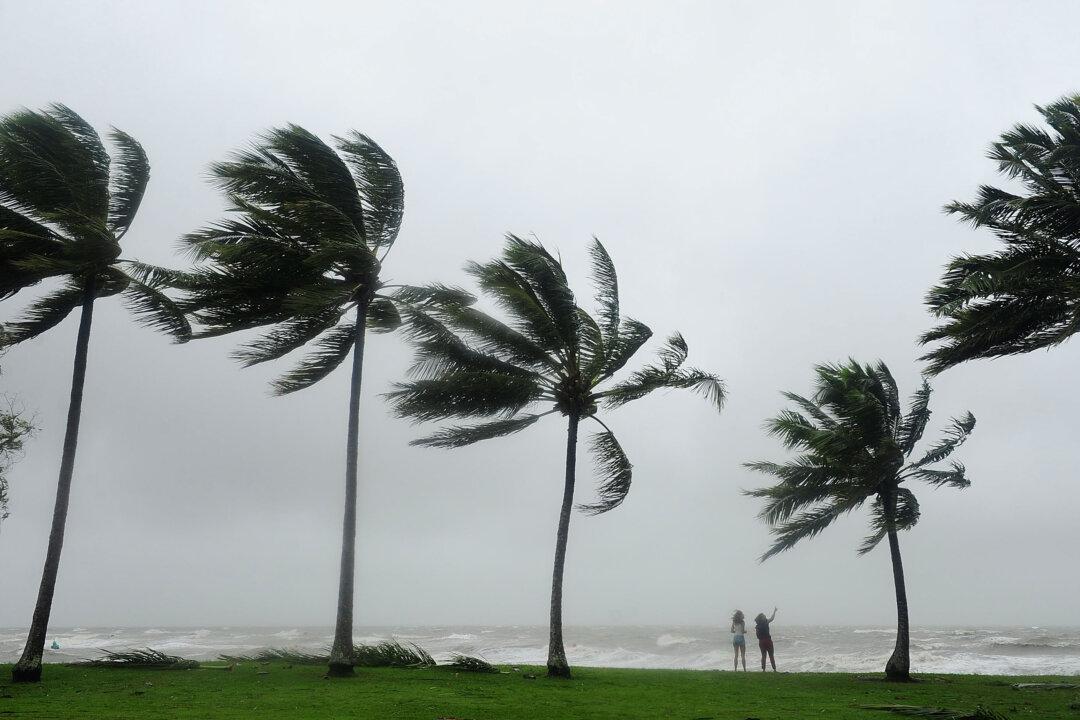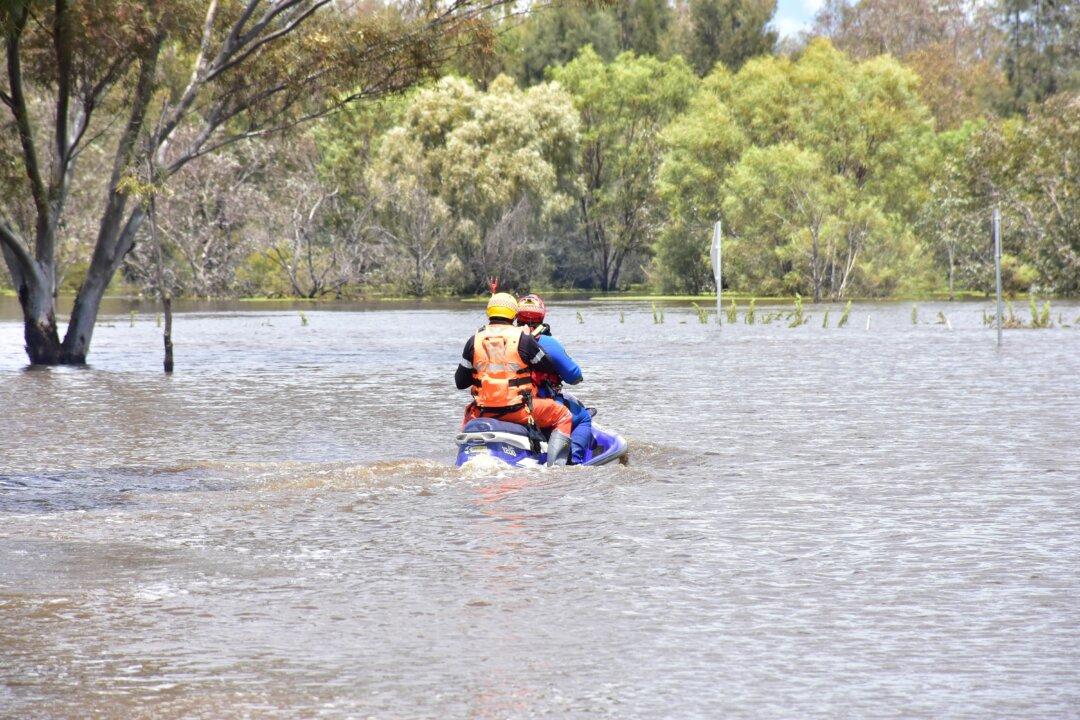Lingering for days, Tropical Cyclone Kirrily has taken just hours to become one of the most powerful systems witnessed in north Queensland in decades.
Destructive winds up to 170km/h and “life-threatening” flash flooding are set to impact the region after Kirrily suddenly intensified.





